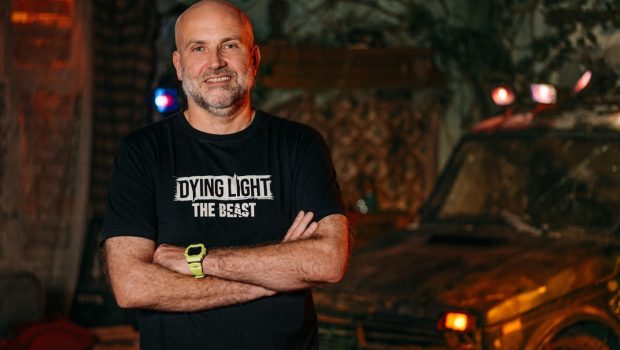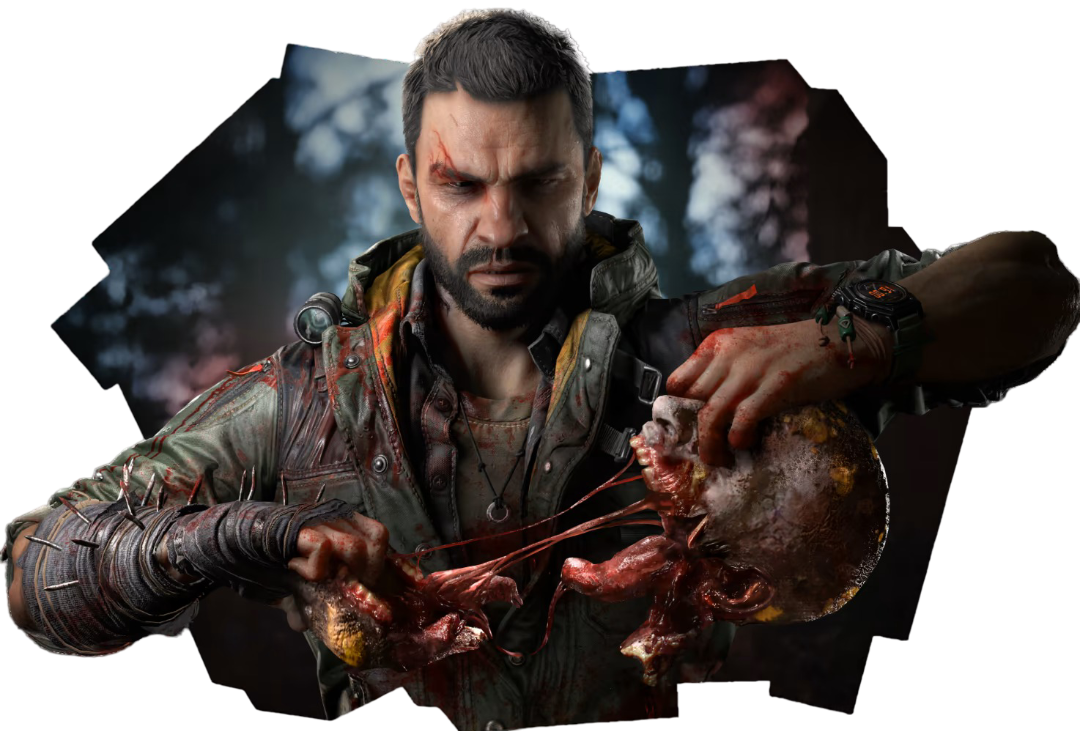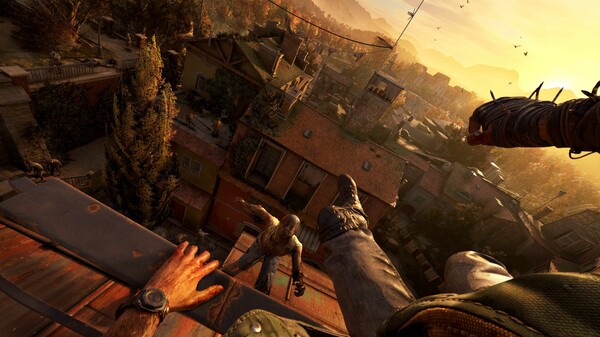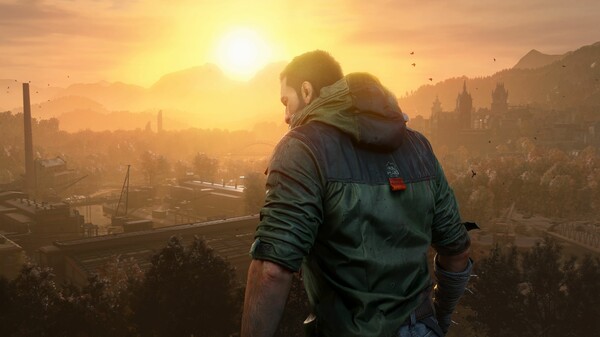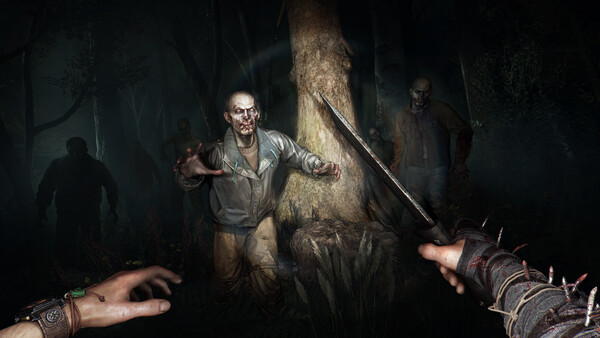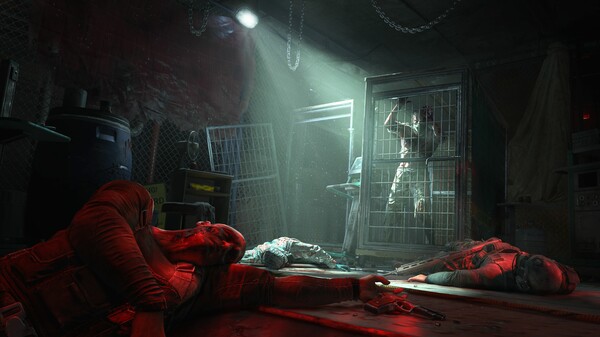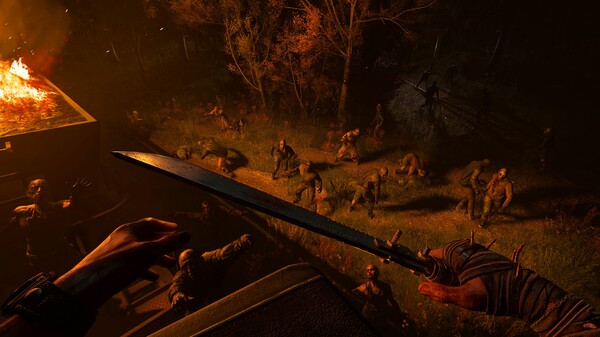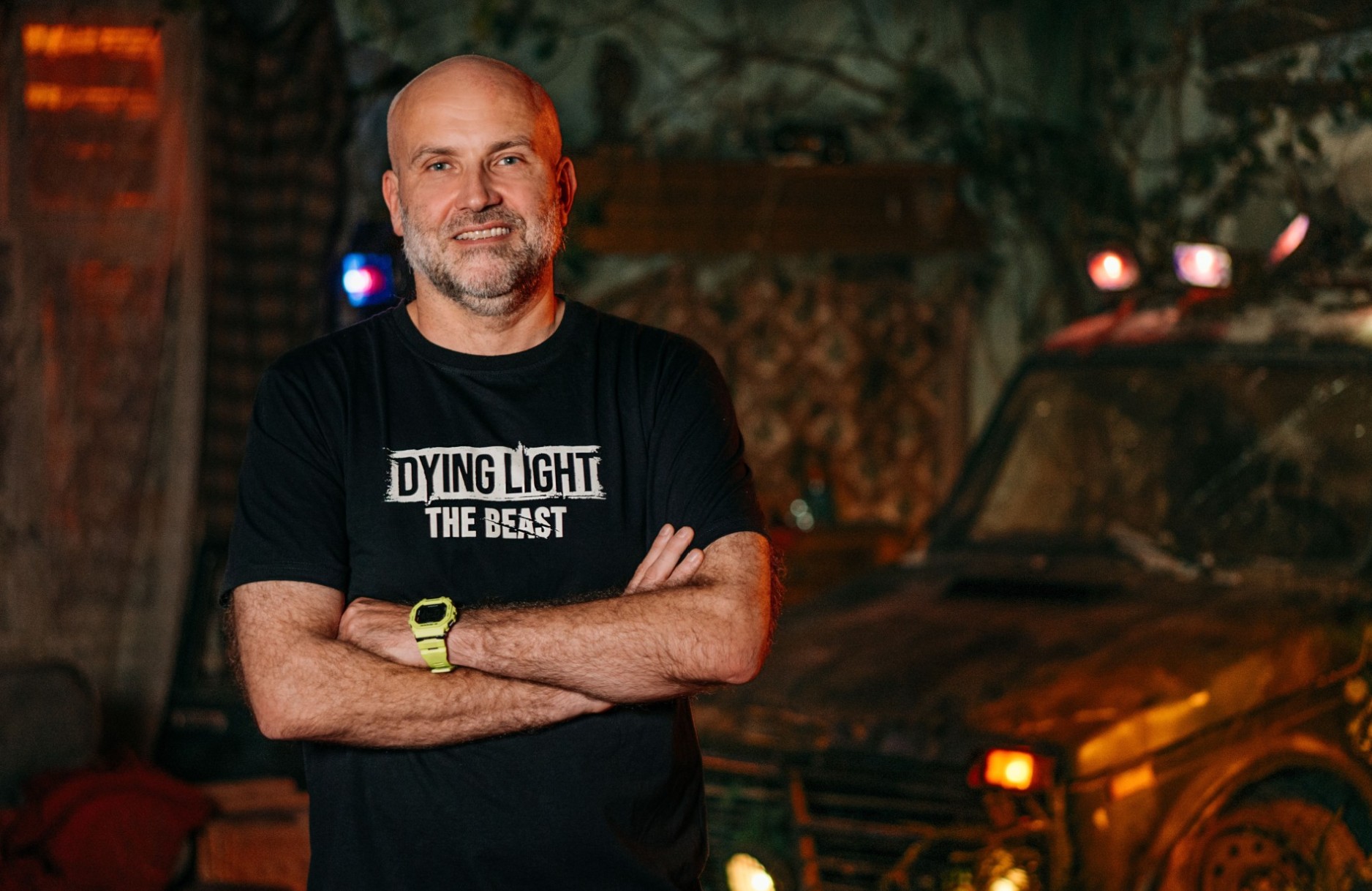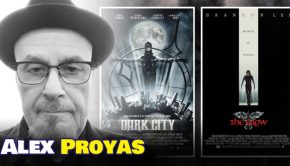Tymon Smektała Interview (Dying Light Franchise Director)
With the latest game in the Dying Light series recently released, we catch-up with Tymon Smektala, Techland’s Dying Light Franchise Director to talk… well, ZOMBIES!
Welcome to Impulse Gamer Tymon! So tell us, Dying Light: The Beast began life as DLC before evolving into a standalone title. Looking back, what was the single most important factor that convinced you and the team it deserved to stand on its own?
Originally, this was supposed to be a self-contained DLC for Dying Light 2: Stay Human, but once the story leak happened, we had to re-evaluate everything. We decided not to patch up a broken plan but to start over, basically from scratch – and that decision gave the project its freedom. The moment we brought Kyle Crane back into the story, everything changed. The emotional weight of his return demanded more and quickly we realized and accepted that we weren’t just making an expansion anymore – we were making the next, fully fledged Dying Light adventure. That’s when Dying Light: The Beast truly was born.
The return of Kyle Crane is a huge moment for fans. How did you balance honouring his legacy with introducing fresh gameplay mechanics that push the franchise forward?
It was a delicate balance. Kyle Crane is an icon for millions of players, so we knew that bringing him back couldn’t just be fan service – it had to mean something narratively and mechanically. The version of Crane we see in Dying Light: The Beast is older, scarred, and changed by what he’s been through. That gave us space to evolve his gameplay too – his “beast-like” powers are not just cool abilities, they’re part of his trauma. The key was grounding those powers in the world, his psychology, science so that even the most “supernatural” moments feel believable. The combat and parkour are still pure Dying Light, but with a more evolved character, both wiser and older, but also more powerful.
The Beast leans more heavily into survival horror compared to the action-forward tone of Stay Human. What specific inspirations or design philosophies guided this tonal shift?
We wanted to go back to what made the first Dying Light truly terrifying – that feeling of isolation, the dread of sundown, the heartbeat that kicks in when you know you’re being chased by the Volatiles. The new setting, Castor Woods, naturally pushed us in that direction. There’s something deeply unsettling about being alone in a forest where the night feels alive. We took away the comfort of the city (there’s not that many high buildings you can climb onto to escape the zombies), leaving players vulnerable again – and that’s exactly the tone we wanted to recapture.
Dying Light has always excelled at subtle, environmental storytelling. Can you share an example of a “micro-narrative” in The Beast that you’re particularly proud of, and how it came to life during development?
What makes environmental storytelling in Dying Light: The Beast special is that it’s entirely handcrafted and personal. Every single location is built with a story in mind, no matter how small. During development, our artists and quest designers worked together almost like detectives, asking: who lived here, what happened, what emotions should this space carry now? It’s about capturing a moment frozen in time – a meal left unfinished, a barricade that didn’t hold, a note that no one got to read. Those details speak louder than exposition ever could. We want players to feel that every inch of Castor Woods has been touched by someone’s story, and that uncovering those stories – even silently – makes the world feel alive, even if it’s all already dead.
The new Beast powers add a supernatural edge to the series’ grounded parkour and melee combat. How did you ensure these abilities enhanced the tension rather than undermining the survival horror roots?
We approached the powers as equally a curse and a blessing – not just an “overpower” mode which you trigger, killing everything in front of you. They’re incredibly powerful, yes, but they’re also unpredictable From a design perspective, this keeps the tension alive. You’re powerful, but never really safe. You’re faster, but the Volatiles work in packs, so they can surprise you no matter where in the world you are. That constant risk/reward dynamic is what keeps Dying Light: The Beast from slipping into pure power fantasy. One unlikely inspiration was… Pac-Man and its power pellet mechanic.
The franchise has always walked a fine line between being a terrifying solo experience and a chaotic co-op adventure. How did you approach designing The Beast so that both playstyles feel equally rewarding?
We made sure both experiences support each other rather than compete. In solo play, it’s pure tension – you feel the fear, the silence, the dread. In co-op, that same world becomes a playground for improvisation and teamwork. What’s new in Dying Light: The Beast is how we handle narrative progression: it’s fully shared between players, so you’re never punished for joining a friend’s game. We also made sure that zombie encounters and night chases scale dynamically with group size, looking for a perfect balance between fear and fun.
Dying Light 2’s launch taught Techland a lot about community expectations. What lessons from that experience most directly shaped the design of The Beast?
With Dying Light 2, we aimed incredibly high – maybe too high in some areas – and the community reminded us that ambition needs focus. With Dying Light: The Beast, we doubled down on what fans consistently love: fluid parkour, brutal melee combat, a tight, atmospheric world, grounded tone and hundreds of little details about the game that only our community knows and understands. We also made sure to involve the community early – through testing and open discussions – so we could react quickly and build trust. It’s a much better process now, and you can feel that in the final game.
Each Dying Light game has emphasized a different pillar—survival, movement, and now horror. Do you see this as a deliberate trilogy of themes, or is it more of an organic evolution of the franchise?
It’s definitely organic. We never sat down and said, “Let’s make a trilogy about these three pillars.” But looking back, it’s clear that each game explored a different facet of what Dying Light can be. The first was about survival – learning to live in the apocalypse, right after when it happened. The second was about action, and yes, unbound movement – and also about what humans do to each other in such extreme situations.. Dying Light: The Beast is much more about the fear and the physical, bloody, gruesome horror. But oit was never planned, it just grew naturally along our own creative journey.
Techland has teased board games, comics, and other media tied to Dying Light. How do you ensure that these expansions feel authentic to the franchise’s DNA rather than just spin-offs?
We treat every extension of Dying Light as if it was canon – even if it tells a smaller story. Whether it’s a comic book, a tabletop game, or something entirely different, it has to respect the tone of the universe: themes of community survival, powered by sacrifice and hope. We collaborate closely with partners to make sure the storytelling feels genuine and real. If fans say – “This feels like Dying Light” – then we do our work right.
Ten years in, Dying Light has become one of the most recognizable zombie franchises in gaming. When you imagine the next decade, do you see Dying Light continuing to evolve within the zombie genre—or do you envision it breaking boundaries and redefining what a “zombie game” can even be?
The “zombie” part of Dying Light has always been the framework – but we never forget there’s a human story there as well. Over the next decade, we want to keep pushing that balance further. Maybe the infection mutates, maybe the setting shifts, maybe we start to ask what the world looks like when the zombies aren’t the only threat anymore. The beauty of Dying Light is that it’s flexible – it can be horror, survival, or action, but at its core it’s always about humanity faced with impossible circumstances.


